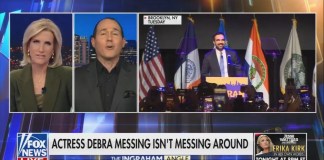Jim Dunnam led the 2003 quorum break that stalled redistricting once before. Now he’s watching a new generation of Democrats try to do the same.
DALLAS — Jim Dunnam remembers the camera crews.
“There were four or five satellite trucks in the Holiday Inn in Ardmore, Oklahoma,” he said. “We never dreamed that was gonna happen.”
That was 2003, when Dunnam and more than 50 Texas House Democrats boarded a bus, crossed the state line, and broke quorum to stall a Republican-backed redistricting plan mid-decade. At the time, the maps were pushed by then-House Majority Leader Tom DeLay, aiming to tilt Texas districts in favor of securing long-term GOP control in Congress.
Eleven Texas Democratic senators also joined the quorum break and escaped to New Mexico.
“You can’t just allow people to redraw the maps every time they don’t like the result,” Dunnam said.
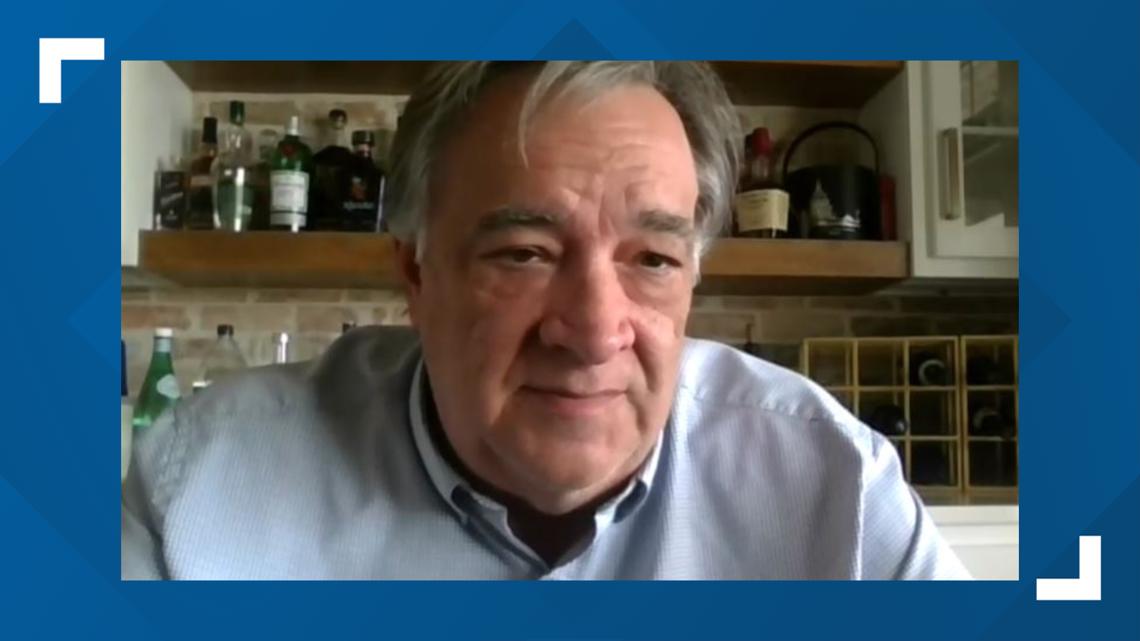
Now, in 2025, the strategy has resurfaced.
On Sunday, a new group of House Democrats left Texas, flying to Chicago, Boston, and Albany to block a redistricting proposal that would add five Republican seats to the U.S. House. It’s the second walkout of its kind in modern Texas history, and Dunnam says the déjà vu is real.
“I think that it strengthened [democracy] in ’03 because we didn’t see it again for 20 years,” he said. “People remember it not as a failure, but as something that got out a message nationally.”

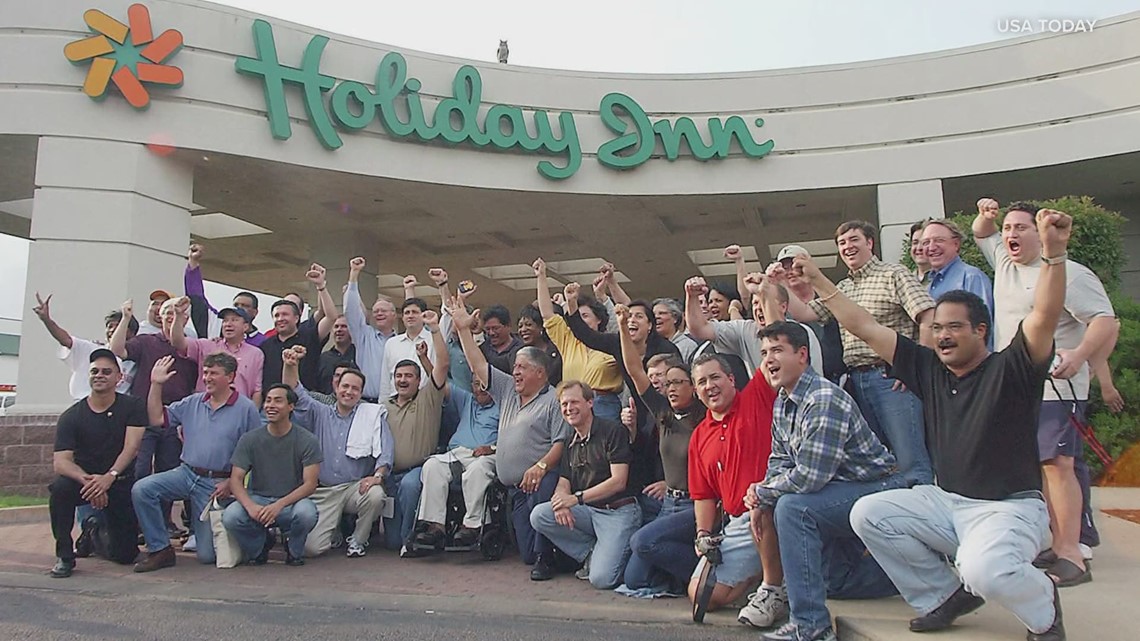
The message this time, Democrats say, is the same: the maps aren’t fair.
The proposal in question was introduced during a special session called by Gov. Greg Abbott. The maps, if passed, could shift the state’s congressional delegation further to the right, despite Texas adding more than 4 million new residents since the last redistricting cycle, most of them in racially diverse urban and suburban areas.
Critics argue the plan dilutes minority voting strength and solidifies GOP control.
Lawmakers who fled will be fined $500 for each day they’re absent without leave, per House rules. Arrest warrants will likely be issued to compel their return, though enforcement across state lines is unlikely.

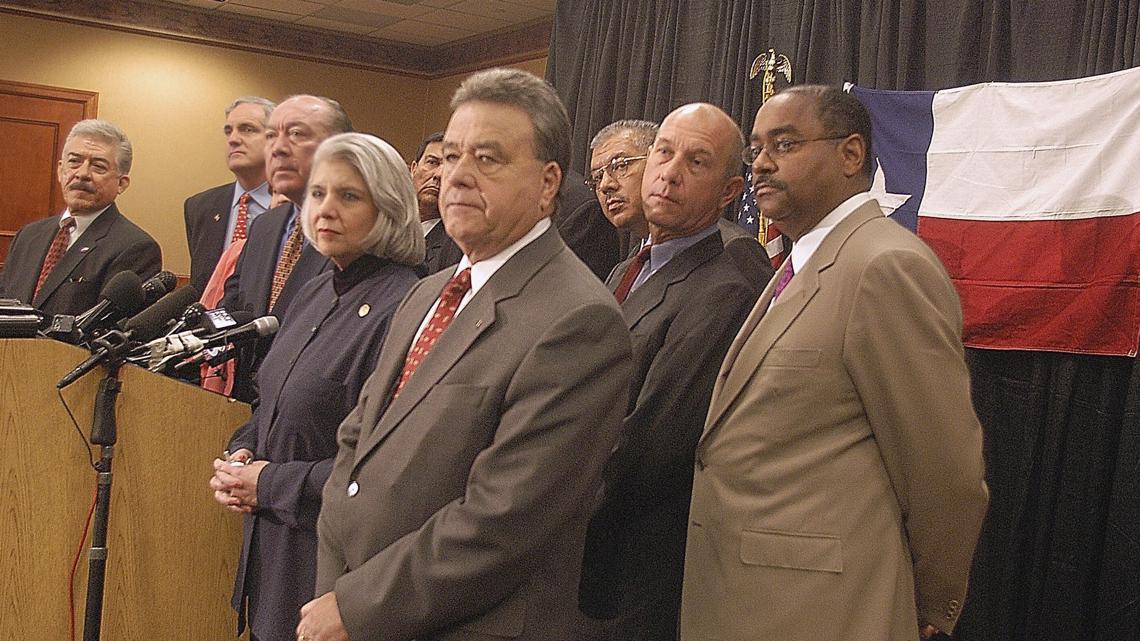
Dunnam, who left office in 2011, helped engineer the 2003 quorum break, which delayed the vote but ultimately didn’t stop the new districts from being drawn. Still, he insists it wasn’t about winning, but about making a point.
“You’ve got these external forces. With us, it was Tom DeLay and Republican leadership,” he said. “And here, it’s Trump.”
And while that walkout didn’t stop the outcome, Dunnam said it left a mark.
“I mean, the fact that you’re calling me,” he added. “I think people understood that there was more of a purpose to it than just some partisan move.”
Today, framed in his office, hangs the warrant for his arrest from that standoff—issued when he refused to return to the Capitol. A souvenir from a protest of principle. Two decades later, the playbook is open again.

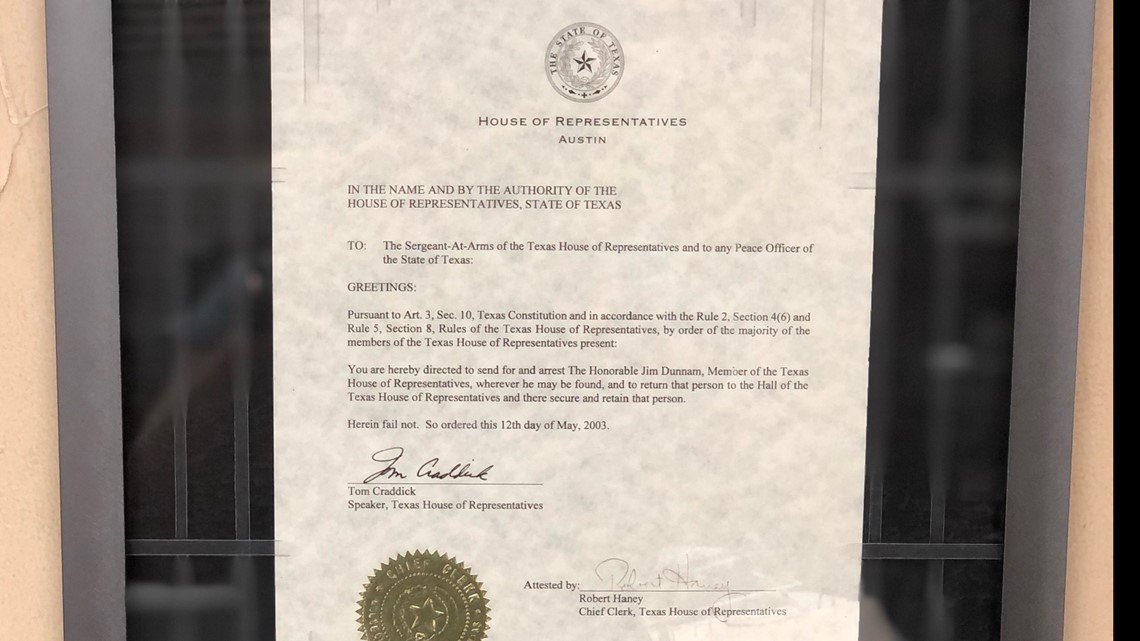
Great Job & the Team @ WFAA RSS Feed: news Source link for sharing this story.



